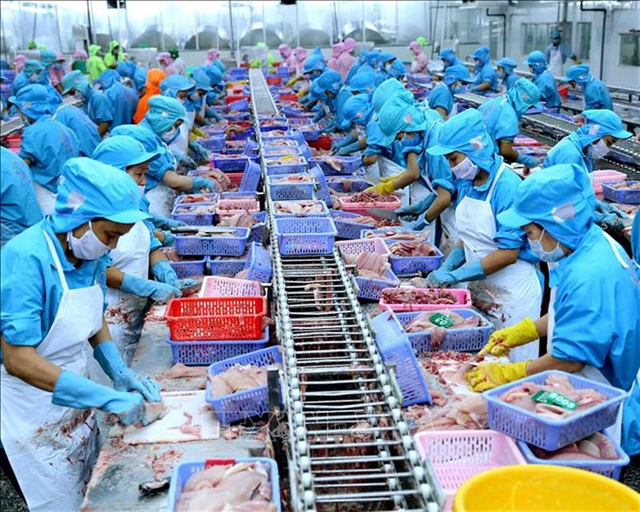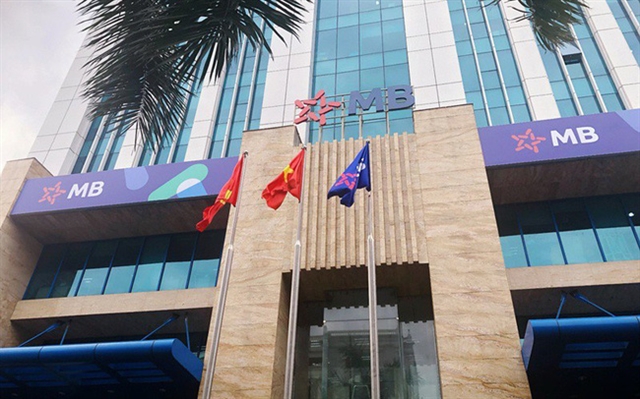
The Politburo signed Resolution No 55-NQ/TW on Việt Nam’s strategic orientations for national energy development through 2030 with a vision to 2045 on February 11. Minister of Industry and Trade Trần Tuấn Anh speaks to Vietnam News Agency about the important implications of the new strategy involving private sector investment.
What do you think of the energy industry’s performance in recent years?
The energy sector is important to the economy in two ways. First, the energy industry is a constituent of industries which make great contributions to the economy, especially through development of many businesses that have created development for Việt Nam’s economy.
In the 2007-17 period, the energy sector had rapid growth which could be seen in a six-fold increase in production value and 3.3 times increase in electricity production. Energy businesses paid more than VNĐ204 trillion (US$8.8 billion) to the State’s coffers, accounting for 17.8 per cent of the State budget revenue.
Second, energy is an important input for other economic sectors, directly contributing to the development of businesses and economy. If GDP increases 6.5-7 per cent per year, the energy sector must ensure the growth of 11-11.5 per cent per year.
What is the significance of the new energy strategy in the current context?
Resolution No 55 has great significance, especially being issued at the right time when 2020 is the last year in Việt Nam’s five-year socio-economic development plan as well as important for the country’s development strategy for the next 10 years. At the same time, Việt Nam’s economy is deeply integrated with the world and the globalisation is in a drastic phase.
Along with the development of economic sectors and industries over the years, Việt Nam begins to depend on imported energy as the primary energy resources have developed strongly in recent years and been extremely exploited.
In this context, Việt Nam needs a new energy strategy which is well positioned in the overall socio-economic development plan to build policies and measures to ensure sustainability, not only for the nation’s energy security but also related to the national security and politics.
One of the issues that needs to be addressed in this strategy is that the country’s development is improving, but the legal framework and regulatory policies after a period of taking effectiveness have shown shortcomings, hindering the country’s energy development, energy security and sustainability. More than ever, energy and national energy security are in need of new perspectives and orientations which are in lines with global changes so that they can help shape the country’s development.
A new highlight of the new strategy is to encourage private investment in energy development. Could you provide some analysis on this issue?
We have gained many positive achievements in attracting social and private resources for energy development. For example, 28 per cent of total electricity generation comes from the private sector under various and effective forms of investment such as BOT (Build-Operate-Transfer) and IPP (Independent Power Producer) contracts.
Some new policies and mechanism have been introduced such as price mechanism for solar power in Decision No 11/207/QĐ-TTg on incentive mechanism for the development of solar power projects in Việt Nam, price for wind power in Decision No 39/2018/QĐ-TTg on the support mechanism for the development of wind power projects. These policies offer huge potential for the private sector to invest in the energy industry.
The new strategy not only highlights the important orientations, principles and targets to continue removing barriers but also facilitates all economic sectors, especially the private sector, to invest in potential areas, including the energy industry. The resolution defines a clear strategy for sustainable development of the national energy security with a focus on diversifying energy resources.
For example, Resolution 55 specifies that it is essential to develop a harmonious development of electricity sources but to focus on rational and appropriate exploitation and use of domestic primary and fossil energy sources; at the same time, continue priortising renewable energy and gas power. The development of these energy sources must be effective which are based on price, technology and safety.
For renewable energy, the strategy continues to identify breakthrough mechanism and policies to facilitate private investment. Thus, the new orientation has opened up new, enormous opportunities for the private sector to participate in the energy development.
Restructuring and equitisation of State-owned energy businesses is also essential to attract private investment. How is this issue going on?
Large State-owned energy enterprises such as PetroVietnam, Vietnam Electricity and Vinacomin have shown their important roles in the country’s energy development. These enterprises have actively restructured to ensure efficiency. The Government’s policy is that their equitisation is not to reduce the role of State-owned enterprises (SOEs) but to create favourable conditions to mobilise social and private resources and to develop market economy.
Restructuring SOEs continues to be a major policy, facilitating the establishment of important markets and market mechanism such as competitive energy market. At present, we’ve taken basic steps to restructure the energy sector, forming a competitive electricity generation market, competitive electricity wholesale market and preparing to establish a competitive electricity retail market.
However, the equitisation of SOEs has seen many shortcomings with the bottle-necks staying in the legal regulations involving the calculation on enterprise value and land value. This is also unavoidable because the law is continuing to be built and completed. The Government is directing to focus on completing legal documents and specific guidelines to speed up the equitisation process.
What has the ministry prepared to implement the resolution?
As the focal authority, the Ministry of Industry and Trade will soon develop an action plan to carry out the resolution and report to the Party Committee and Government for implementation. However, there are some works that will be deployed sooner and the ministry is actively considering solutions.
For example, we are assigned by the Government to build the General Electric Map 8. While awaiting new map, the ministry continues making adjustments to the General Electric Map 7 to make it more effective.
Recently, we have paid visits to central provinces and the Central Highlands to survey compliance with the resolution. To implement the new strategy effectively, there is a need for research and studies from reality and new issues arising. In the near future, we will continue to work with southwestern provinces such as Long An, Bến Tre and Sóc Trăng to capture more issues and based on that to provide immediate solutions and long-term direction for energy development. VNS































